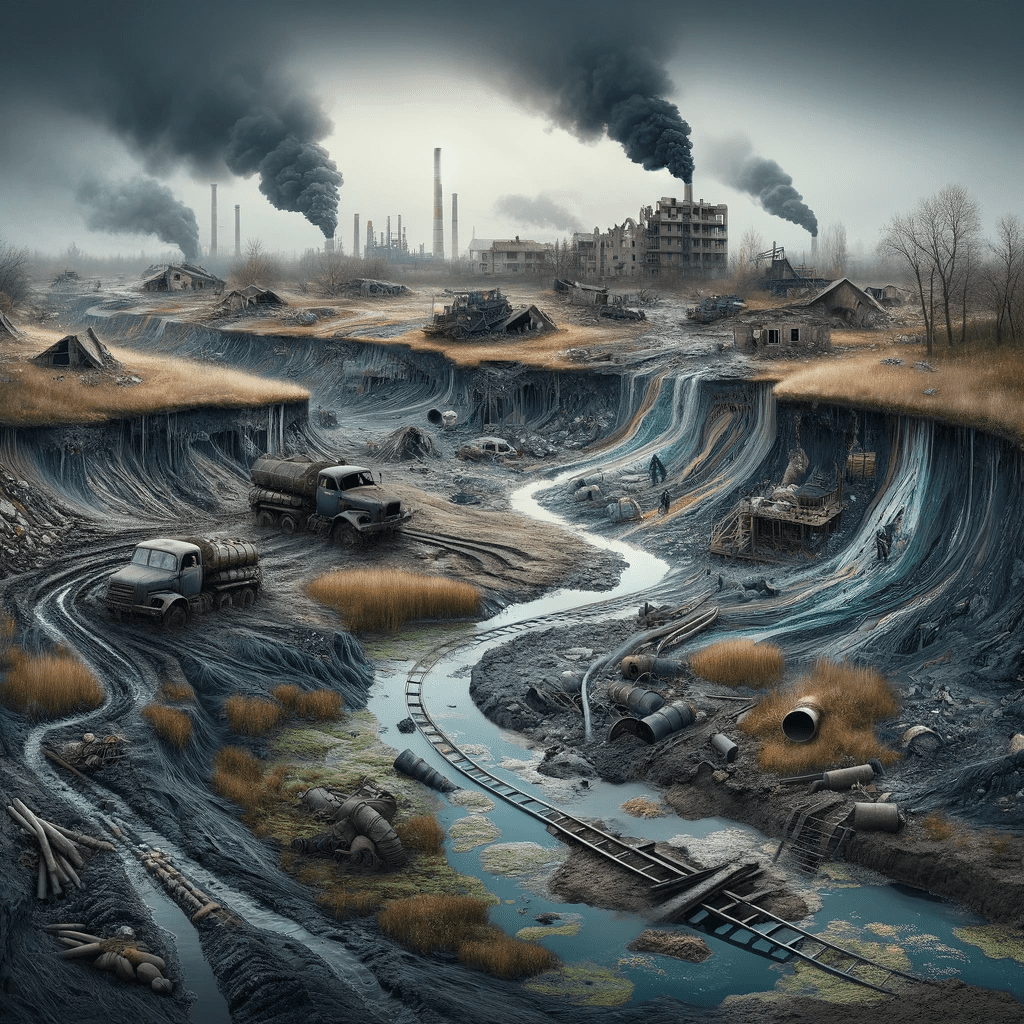In the area of active hostilities, the levels of heavy metals exceed the standard 30 times, and mercury, zinc and other harmful substances – 10-18 times.
Anatoliy Razgon, a consultant on land issues at the Academy of Agrarian Sciences of Ukraine, told Ukrinform during a roundtable discussion on “Environmental Security of Ukraine: National and International Dimension.”
“In combat areas, heavy metals sometimes exceed background levels by 30 times. These substances get into the soil, migrate to groundwater and eventually enter the food chain, affecting both animals and humans. That is, the soil poisoned by the explosions will slowly kill us in the long run,” Razgon noted.
He emphasized that at the sites of shelling, soil scientists have noted a systematic 10-18 times higher level of mercury, zinc and cadmium, and high levels of copper, nickel, lead, phosphorus and barium, sulfur and sulfuric acid.
“Belgium and France faced similar problems a hundred years ago, when Europe lost 23 percent of its arable land after World War I, and are still overcoming these problems. It is still difficult to predict what reduction in arable land awaits Ukraine after the end of hostilities,” added the land consultant at the Academy of Agrarian Sciences of Ukraine.
As reported, due to the full-scale invasion, more than 5 million hectares of arable land in Ukraine are currently not used, and the damage to Ukrainian soils is over UAH 900 billion.
Eventorganizers: Institute of International Security, State Environmental Academy of Postgraduate Education and Management.
Participants:
- Oleksandr Krasnolutskyi is the First Deputy Minister of Environmental Protection and Natural Resources of Ukraine;
- Oleg Dunda is a member of the Ukrainian parliament;
- Oleh Uruskyi – Vice Prime Minister of Ukraine (2020-2021);
- Andriy Kasyanov is an advisor to the Department for the Prohibition of Biological and Chemical Weapons at the Ministry of Foreign Affairs of Ukraine;
- Yuriy Zabulonov is the Director of the Institute of Environmental Geochemistry of the National Academy of Sciences of Ukraine;
- Mykhailo Yatsiuk is the director of the Institute of Water Problems and Land Reclamation;
- Volodymyr Prysyazhnyi is the head of the National Center for Spacecraft Control and Testing;
- Yuriy Kohut is the director of the International Academy of Security Management;
- Georgiy Balakan is a nuclear energy expert;
- Serhiy Chernov is the President of the Congress of Self-Government of Ukraine;
- Anatoliy Razgon is a land consultant at the Academy of Agrarian Sciences of Ukraine;
- Mykola Siryi is a senior researcher at the V.M. Koretsky Institute of State and Law of the National Academy of Sciences of Ukraine;
- Oleksiy Baganets is Deputy Chairman of the Ukrainian Union of Lawyers;
- Yuriy Yarukhin is Vice President of the Military Intelligence Veterans Foundation, PhD in Military Science;
- Oleksandr Prytula is an associate professor at Zaporizhzhia National University and a member of the Supervisory Board of the Khortytsi National Reserve;
- Victoria Zakharchuk is the President of the Institute of International Security;
- Yuriy Andriychuk – Institute of International Security;
- Konstantin Zagorodnyuk – Head of the Department. of the Department of Aquatic Ecosystems and Biological Resources of the State Environmental Administration;
- Natalia Trofymenko is the director of the Aarhus Center;
- Oksana Butrym is a member of the International Verification Expert Group under the UNFCCC Secretariat, Doctor of Economics.


Leave a Reply